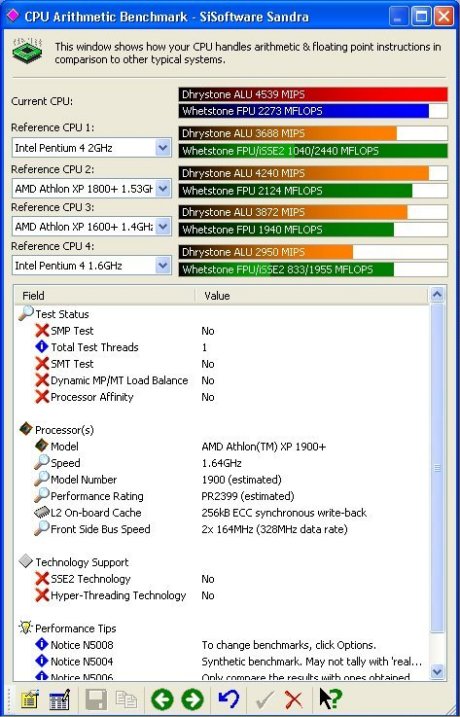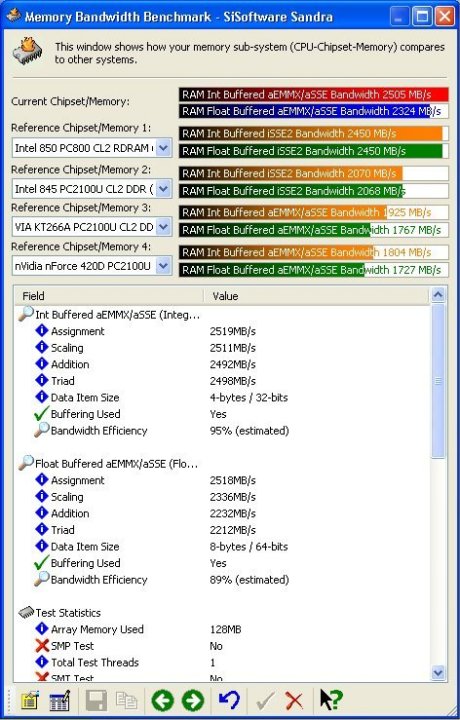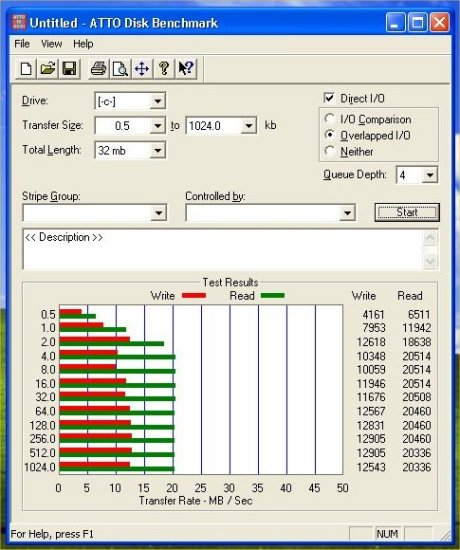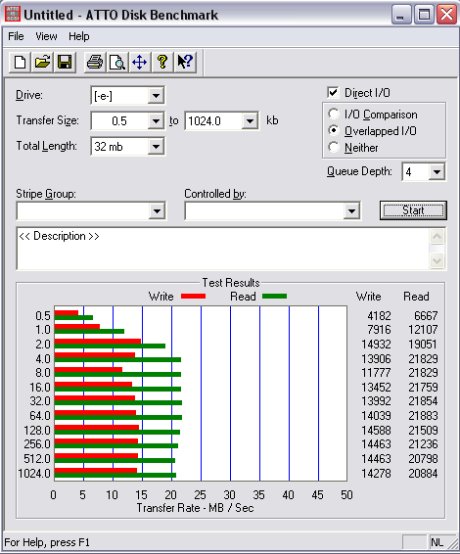Benchmarking
|
The benchmarks I use will be taken from the usual range that we use at Hexus, plus one extra that is a personal favorite for hard drive benchmarking. Benching Programs:
Computer Spec:
No other software or hardware drivers were installed at all. For the GeForce3 I used the XP Detonator 28.90 version. First up with the benchmarks are the SiSoft Sandra range. The Sandra benchmarks have been a popular set for a while now amongst the overclocking community. While not necessarily 100% accurate they however do give a good comparison when compared against another Sandra score. Firstly here's the CPU mark:
As expected, and seen so many times before, the AMD XP despite being clocked at 1640mhz performs as well and better than the Intel P4 2Ghz CPU. This benchmark in regards to the ASUS A7V333 motherboard doesn't show much beyond the CPU performing as it is expected to, but not showing anything shocking either way. Next up is the Sandra MultiMedia CPU benchmark. This test puts the CPU through the FPU (floating point unit) and Integer tests. The FPU performance is particularly important for 3D calculations and the Integer for business applications. Here is the pic:
Again as expected the XP at 1640mhz totally puts the Intel P4 2Ghz to shame. This score like before isn't shocking in either the slow or fast aspect. However I would judge it as being slightly above the average of previous scores at the same speed. The final score from the Sandra range of tests is the most important. This is the memory test. The memory test puts the system bus bandwidth through its paces. Lets take a look at the results:
These scores are nothing less than stunning. The VIA chipset is really bringing the DDR memory into league with the Rambus chipset by Intel. The two scores show one above and one below the top Rambus score. I would say without taking the overclocking ability of Rambus into consideration that at stock defaults the DDR333 and PC800 memory methods are currently on par with each other. To benchmark the harddrive using the A7V333 motherboard I will use a benchmarking tool called ATTO. This particular benchmark is more respected amongst the storage enthusiasts than other methods of benchmarking such as the one included with the SiSoft Sandra bundle of tests. This benchmark uses the Windows system to give a accurate score at the end displaying the transfer rate when accessing different file sizes. Because it uses the windows sub system instead of accessing the hardware directly (like HDTach) it gives an accurate representation of Windows to harddrive performance. Here's the graph:
Now baring in mind I have not installed any sort of VIA latency patches I think this graph is about what I would expect. Just to compare the performance of this I will do exactly the same benchmark on exactly the same hard drive but on my TH7-II ABit Intel chipset motherboard also in Windows XP. Here are the results:
As you can see the scores are slightly different but not way off. The classic VIA problem is showing up here and this has been easily fixed by the latency patch on past boards. For the purposes of this review though everything is kept as a default install. Lastly out of the benchmarks for this review we take a look at the 3DMark2001SE benchmarking software. This is a longtime standard benchmark for all types of reviews. From the obvious graphics card reviews right up to ram reviews. As always mentioned we have said before at Hexus that anything scored over 6000 in 3DMark2001SE is enough to run pretty much all games currently on the market (except maybe the very latest that are coming out). Lets take a look at the score achieved:
Baring in mind that this score was achieved with NO TWEAKS AT ALL. Everything is default .Literally installed WinXP, then the Dets and then 3DMark2001SE and ran straight away. Since this is the score achieved with a 'old' GeForce3 original (non Ti) and with no overclocking of it at all I would think this is a very good score. With a GeForce4 breaking 10k at default would be no effort at all. |















